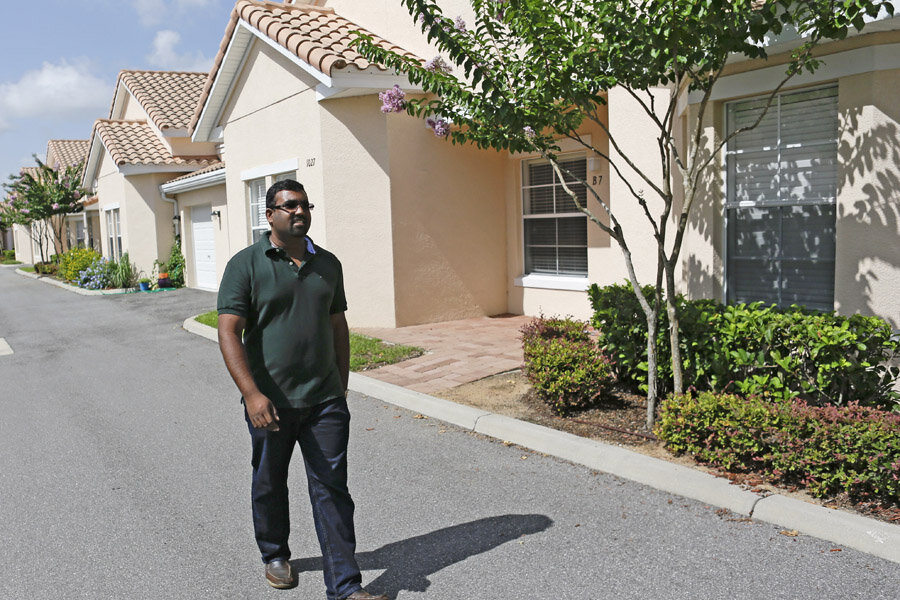Staying in the home we’ve lived in for decades is likely ideal for most of us, but it isn’t always financially or logistically feasible. Happily, there are a wide range of alternatives between staying in your house and heading to the nursing home. More established arrangements like the village model, for example, offer a neighborhood setting that provides basic services and community living. Beyond that, there are more experimental retirement living options being explored by individuals and organizations across the country. In her 2014 book, “With a Little Help from Our Friends: Creating Community as We Grow Older,” Beth Baker travels the US exploring several, including senior artists’ colonies, niche communities for retirees with a shared identity (like sexual orientation or religious faith, for example), and shared individual housing – the so-called “Golden Girls model.”
 Mark Sappenfield
Mark Sappenfield
Dear Reader,
About a year ago, I happened upon this statement about the Monitor in the Harvard Business Review – under the charming heading of “do things that don’t interest you”:
“Many things that end up” being meaningful, writes social scientist Joseph Grenny, “have come from conference workshops, articles, or online videos that began as a chore and ended with an insight. My work in Kenya, for example, was heavily influenced by a Christian Science Monitor article I had forced myself to read 10 years earlier. Sometimes, we call things ‘boring’ simply because they lie outside the box we are currently in.”
If you were to come up with a punchline to a joke about the Monitor, that would probably be it. We’re seen as being global, fair, insightful, and perhaps a bit too earnest. We’re the bran muffin of journalism.
But you know what? We change lives. And I’m going to argue that we change lives precisely because we force open that too-small box that most human beings think they live in.
The Monitor is a peculiar little publication that’s hard for the world to figure out. We’re run by a church, but we’re not only for church members and we’re not about converting people. We’re known as being fair even as the world becomes as polarized as at any time since the newspaper’s founding in 1908.
We have a mission beyond circulation, we want to bridge divides. We’re about kicking down the door of thought everywhere and saying, “You are bigger and more capable than you realize. And we can prove it.”
If you’re looking for bran muffin journalism, you can subscribe to the Monitor for $15. You’ll get the Monitor Weekly magazine, the Monitor Daily email, and unlimited access to CSMonitor.com.







